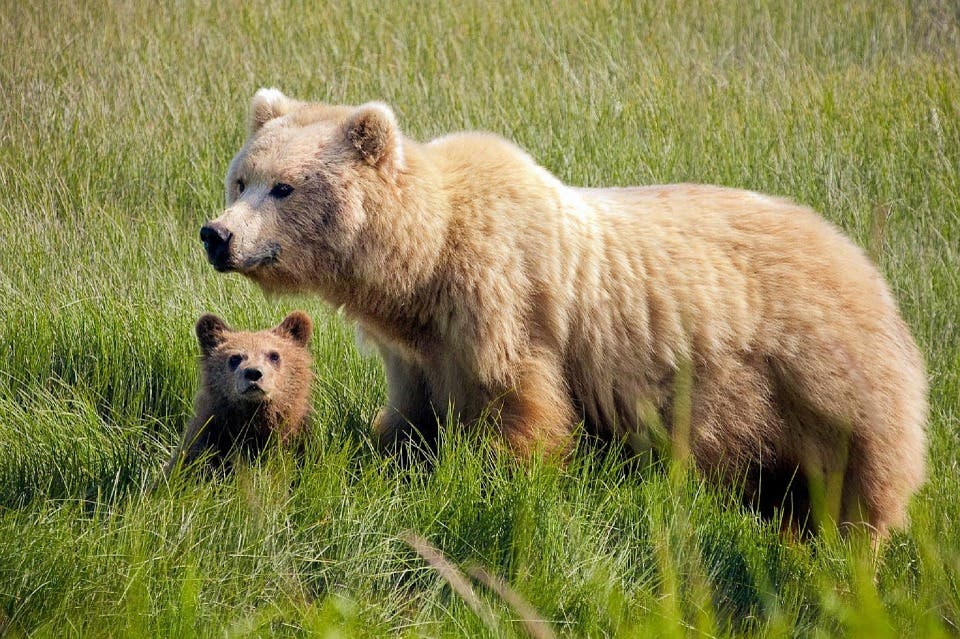
That humans pervade just about every ecosystem on Earth is no surprise anymore, but how some animals adapt to our presence can be truly astonishing. A new study, for instance, shows that mama bears are now living very close to human settlements during the mating season to protect their cubs from male bears, effectively using the human communities as shields.
Sam Steyaert of the Norwegian University of Life Sciences and colleagues tracked 26 brown bear mothers with GPS between 2005 and 2012 as these raised cubs in the Swedish forest. These mothers are some of the most stressed in the world, constantly having to look over their shoulders for males who want to kill the cubs and mate with the females.
A male in the fury of the mating season can trigger oestrus (sexual receptivity) by killing a mother’s cubs. In a matter of days after killing the cubs, the male can mate with the female instead of waiting up to two years — the time it takes for a mother to rear her cubs to independence.
The researchers found only 16 mothers out of 26 managed to raise their cubs. However, a distinct pattern emerged which suggests mothers were most successful in protecting and raising their cubs when they lived close to humans.
“The median distance of successful females to human habitation was about 780 metres (2,500 feet),” Steyaert said, and the median distance for unsuccessful females was nearly twice as large, at 1,2100 meters.
This is a very striking behaviour because the mothers have all the reasons to avoid human communities, especially those occupied by hunters. They do actually, and “after the mating season, females with cubs change their behaviour and go back to avoiding humans, who hunt bears in the forest during a designated season,” Steyaert said. It’s still amazing to see how the bears can sense human patterns and use us. It’s actually refreshing for a change.
The findings appeared in the journal Proceedings of the Royal Society B.
Was this helpful?



